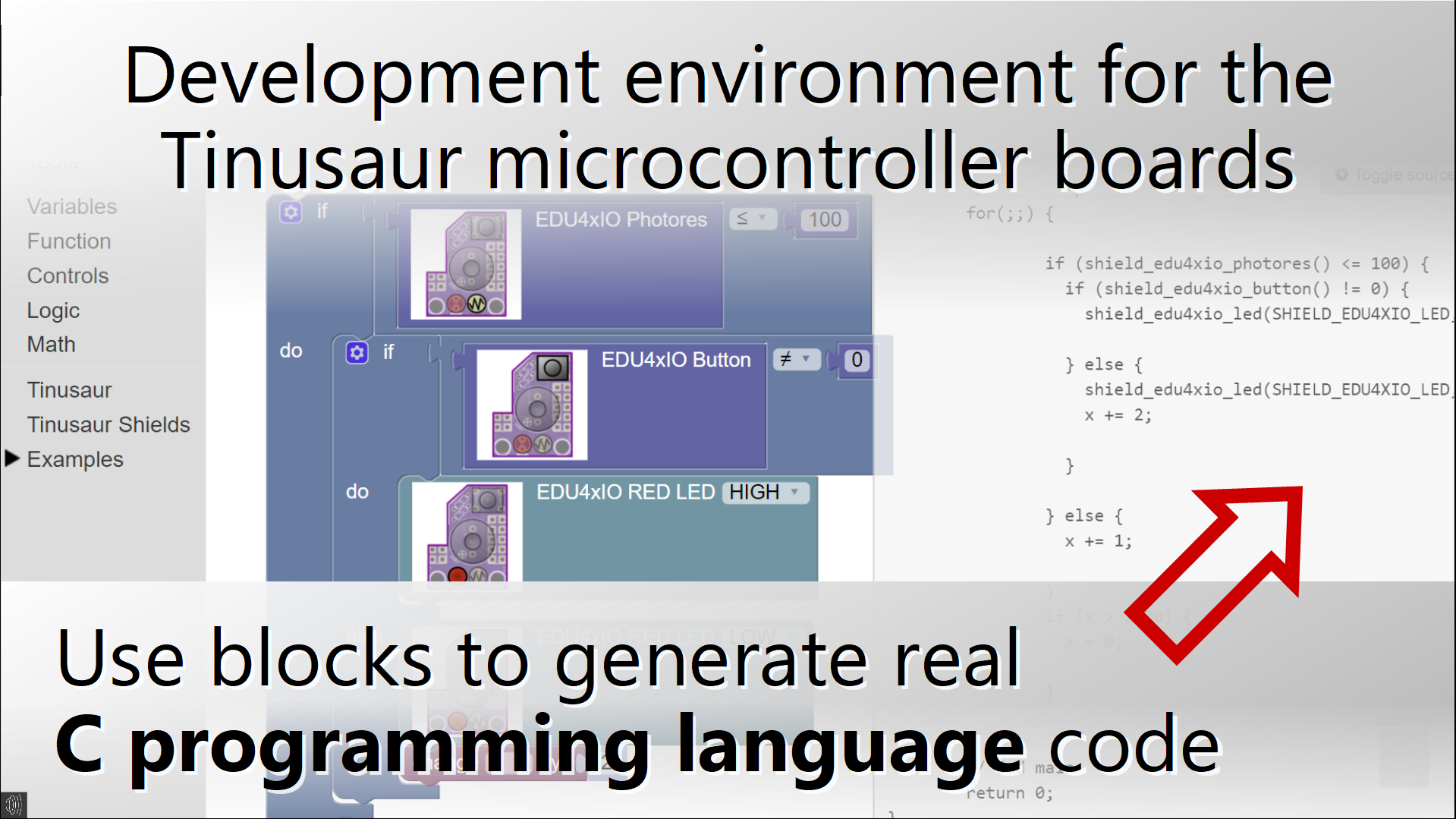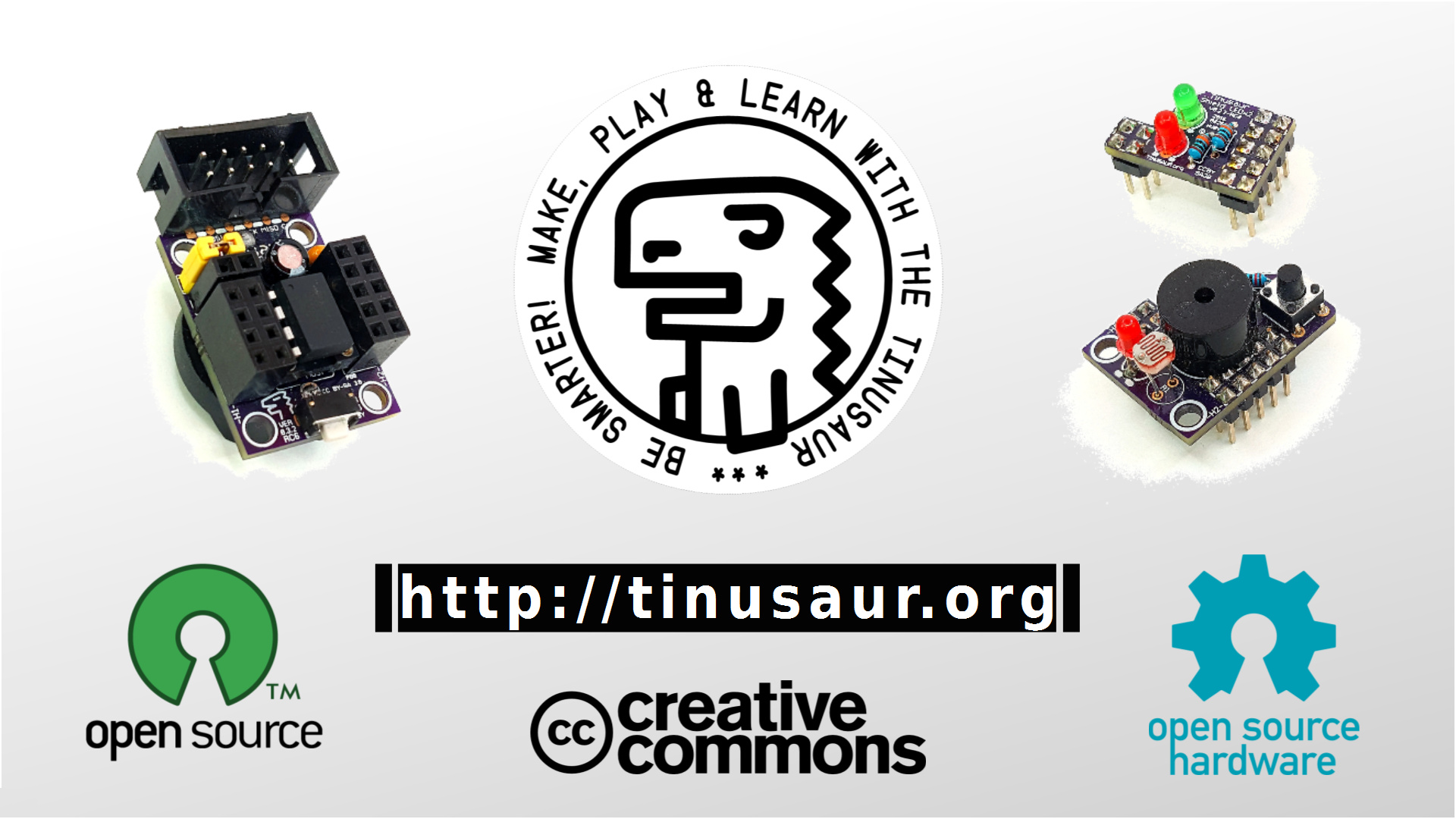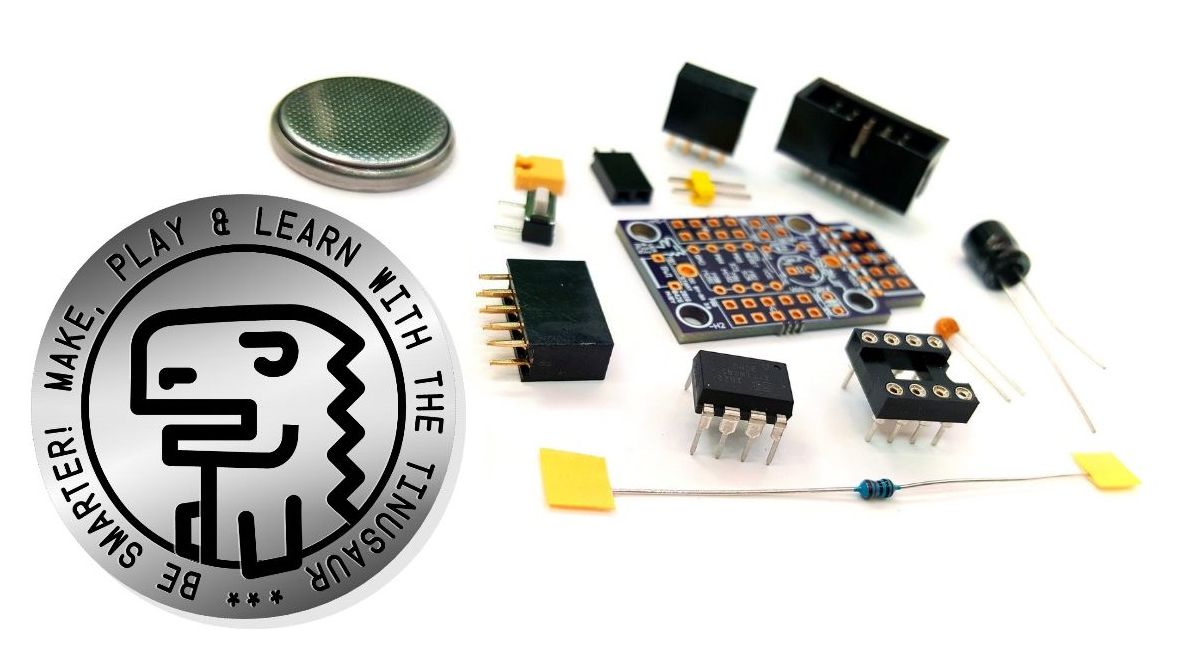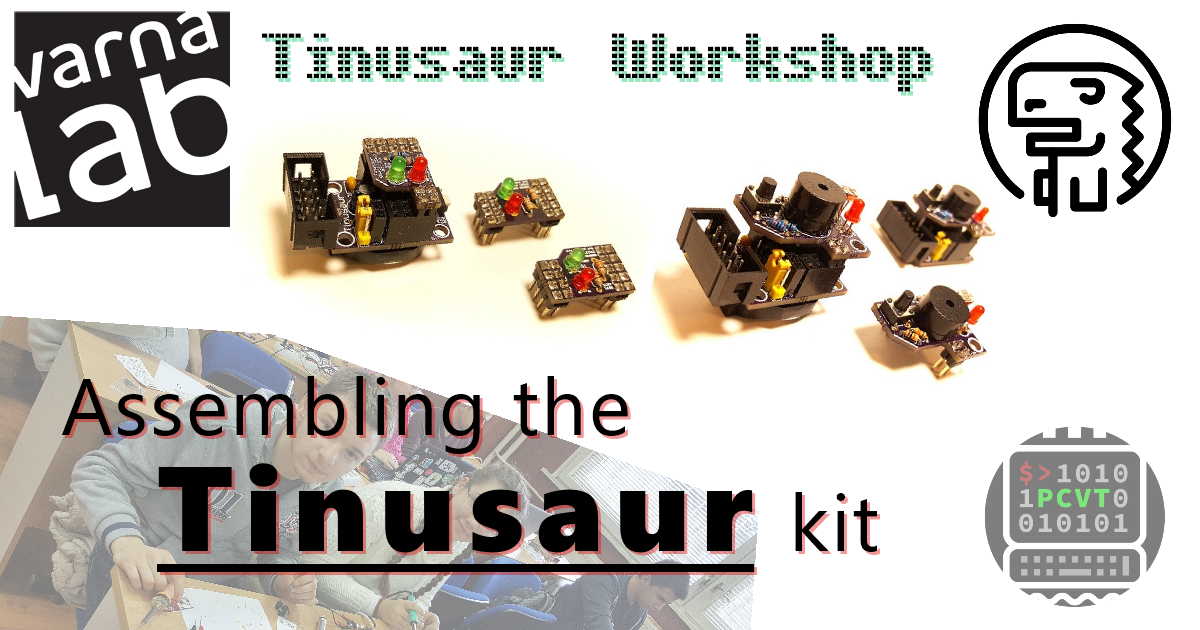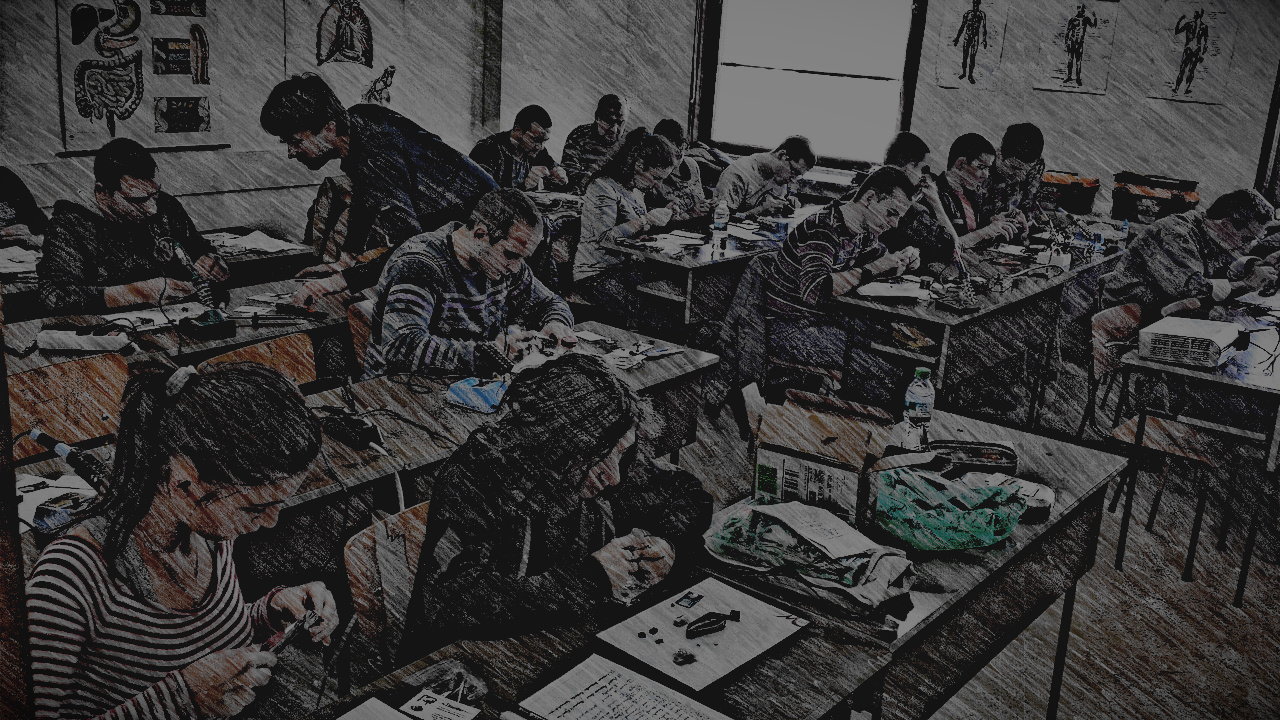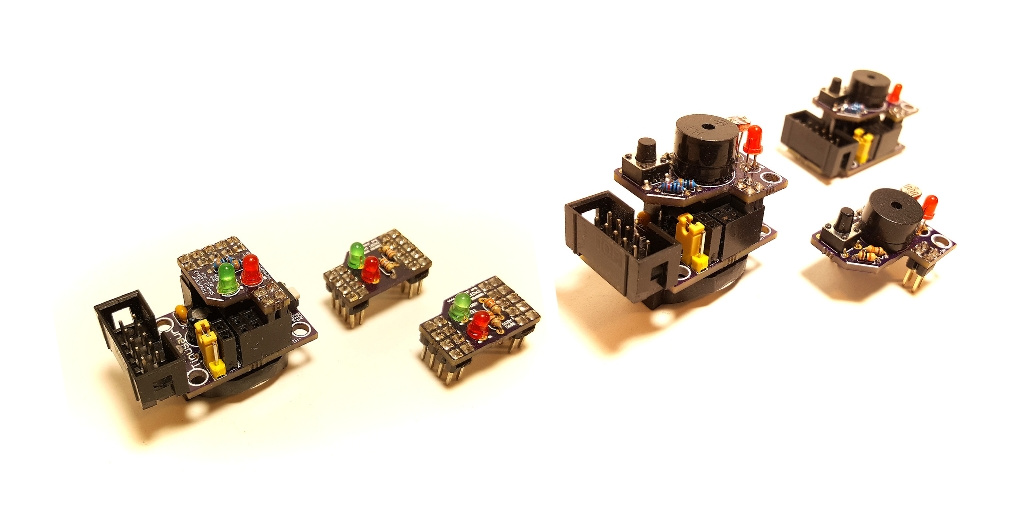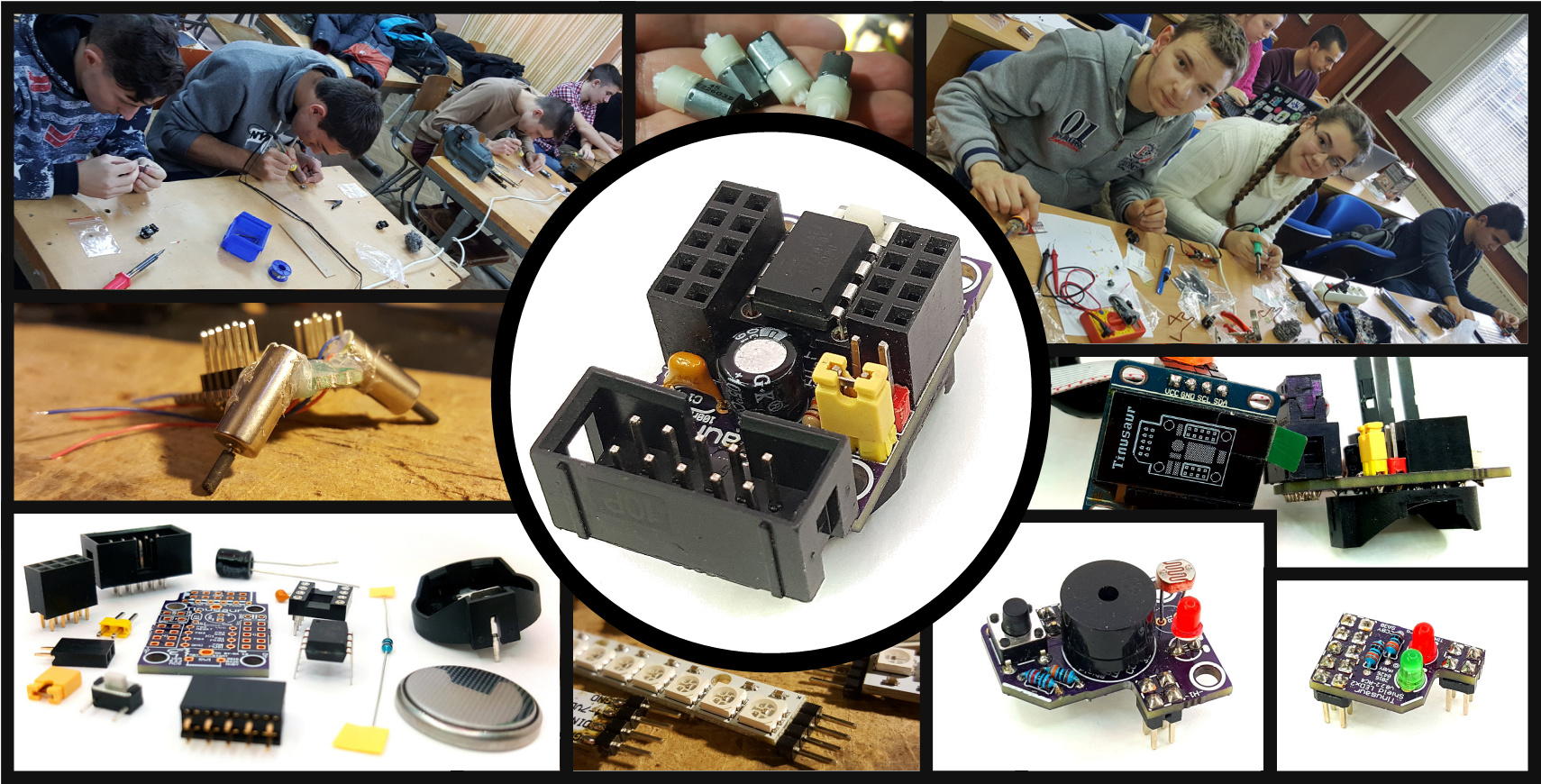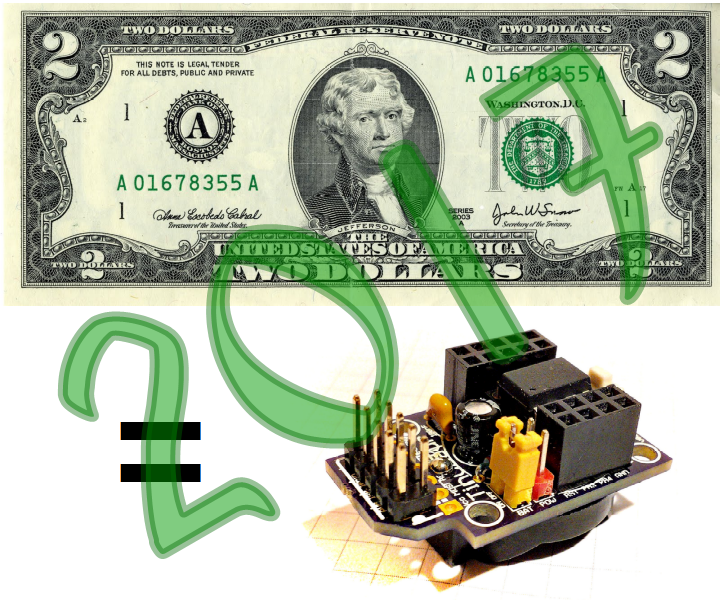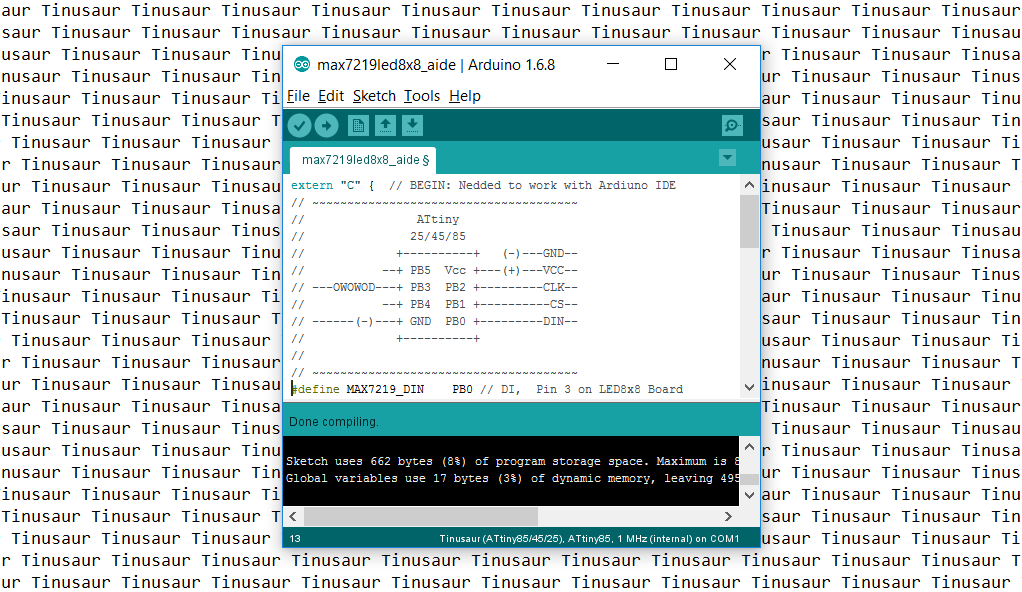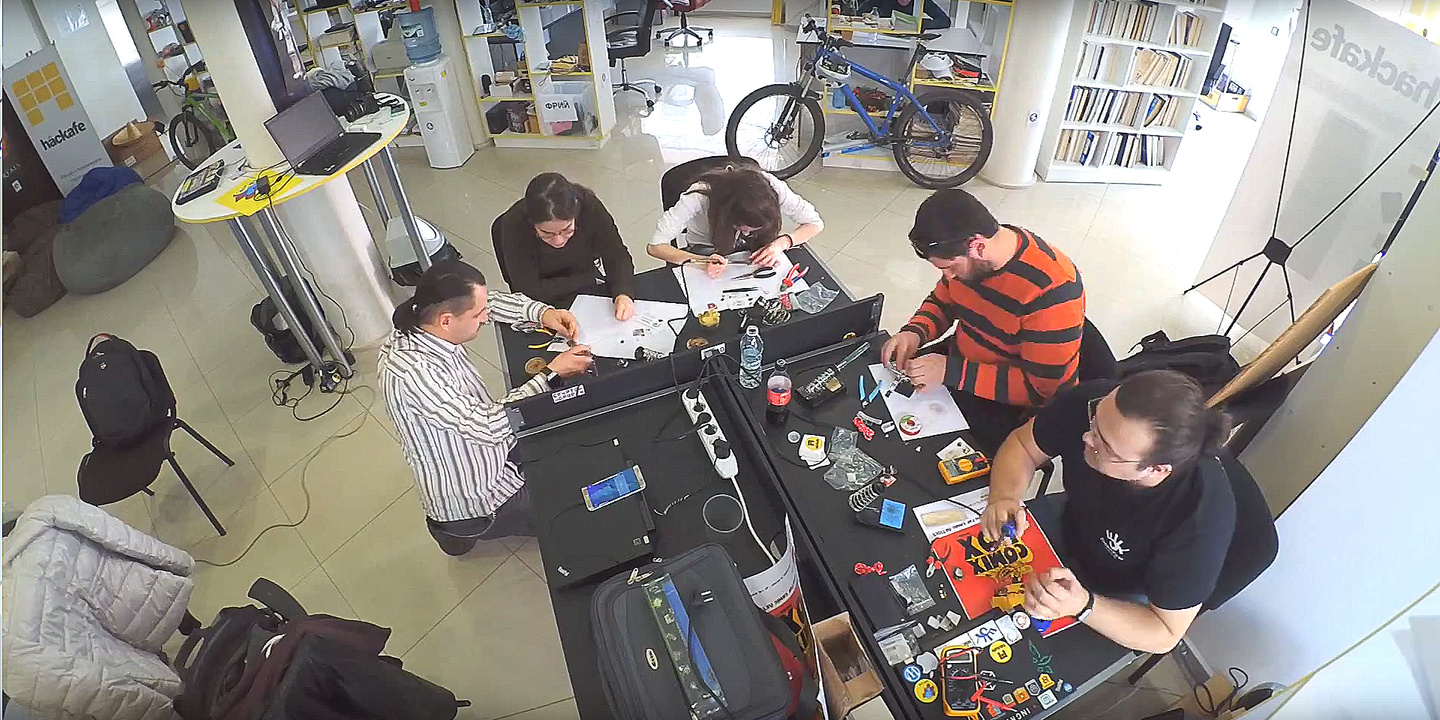BLOCKTINU – The Development Environment for the Tinusaur – ATtiny85 Microcontroller Board
The Blocktinu is the development environment for your Tinusaur microcontroller boards where you could use blocks to produce real C programming language source code. As you move your blocks (on the left) to implement your algorithms, the source code (on the right) will be automatically updated. Pretty neat, huh? Now you can start learning the C programming … Read more

